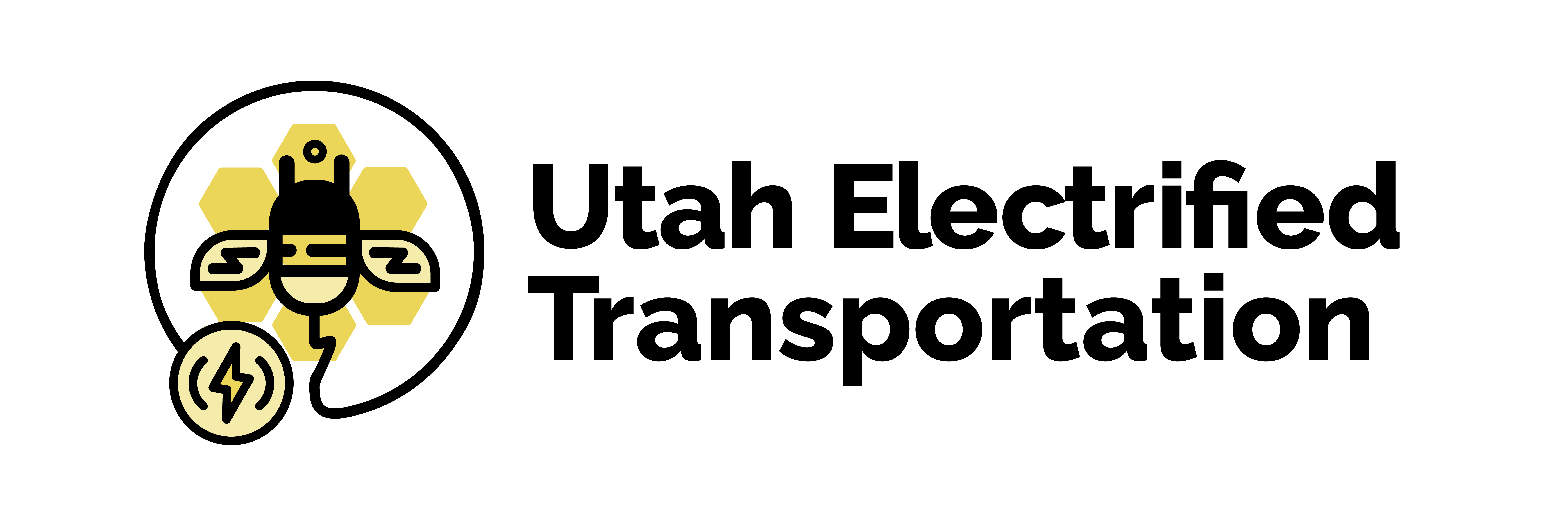Zero-Emissions Short-Range (Drayage) Deliveries
To reduce emissions from short-distance drayage routes, ASPIRE will install a dynamic charging system at the Utah Inland Port. This will include two dynamic wireless power transfer (DWPT) systems: one co-developed with ASPIRE’s team at Purdue University and one using the Electreon DWPT system. The Electreon system, previously tested at USU’s EVR facility, will be deployed within the port near the Union Pacific rail yard. The USU-Purdue system builds on Purdue’s pilot deployment in Indiana, where a quarter-mile test bed will power a heavy-duty electric truck at highway speeds. Results from these pilots will inform future electrification projects, including Utah’s I-15 corridor and the Utah Intelligent Electrification Action Plan.
The Electreon DWPT System was first deployed at the Electric Vehicle & Roadway (EVR) research facility in Logan. Following testing at the EVR track, and other Electreon testing sites, a quarter mile of improved and updated system will be deployed within the port boundaries, just outside the highly frequented Union Pacific rail yard.
The USU-Purdue System is being developed to leverage the experience from the ASPIRE team at Purdue University’s pilot deployment and demonstration in partnership with the Indiana Department of Transportation, Cummins, and others. Construction is in progress on a quarter-mile test bed on U.S. Highway 231/U.S. Highway 52 in West Lafayette, Indiana where ASPIRE’s Purdue engineers will provide power to a heavy-duty electric truck, provided by Cummins, Inc., as it travels at highway speeds up to 65 miles per hour. ASPIRE’s Purdue engineers have designed transmitter coils that are installed in the concrete pavement and send power to the truck’s wireless receiver as the truck drives over the electrified roadway. The hope is to electrify a segment of Indiana Interstate in the next four to five years. The results from the INDOT pilot in Indiana will inform the USU-Purdue system that will be deployed at the inland port, building on Purdue’s coil system with research and technology on power systems developed by ASPIRE’s USU engineers.
The results from this pilot will provide valuable data and insights for further electrification planning, including the development of Utah’s I-15 corridor project with the DOE, the Utah Intelligent Electrification Action Plan, and other future projects.
